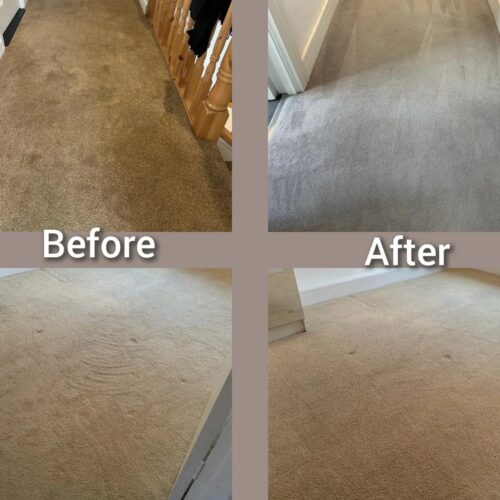
Because of their various textures and compositions, different materials respond differently to stains. While synthetic materials like polyester and nylon are more durable yet can be more difficult to clean if stained, natural fibers like cotton and linen often absorb liquids fast. The first step in effectively removing a stain is knowing the nature of the cloth. While harder textiles such as denim can withstand more severe treatments, delicate fabrics like silk or wool call for a softer approach.
Correct Stain Eliminating Instruments
When addressing stains, recognizing the fabric is only one aspect; another is having the correct equipment. Among the basic tools are mild detergents, sponges, soft-bristle brushes, and white, clean towels. Treating particular stains can call for specialized items such as vinegar, baking soda, enzyme cleansers, or hydrogen peroxide. To be sure any substance doesn’t damage or discolor the fabric, always test it on a small, invisible spot. Investing in a fabric-specific cleaner might make all the difference in stain removal success for materials like velvet or suede.
Water-Based Stains: Successful Removal Strategies
Among the most frequent and easily treatable water-based stains—those from soda, coffee, or wine—are those from which swift treatment yields results. Blotting, not rubbing, will help prevent the stain from spreading. Natural fabrics can have stains lifted with a moist cloth soaked in a light detergent or a vinegar and water solution. Usually, a little dish soap combined with water will help synthetic products. In either scenario, thoroughly rinse the area with fresh water, then quickly dry it.

Eliminating Oil-Based Stains from Textiles
Oil-based stains—those from cooking oil, butter, or grease—demand a different strategy. Oil can get right into cloth fibers, so you need to act quickly. Starting with a paper towel blotting extra oil. Then, cover the stain with baking soda or cornstarch and let it set for several hours to absorb the oil. Afterward, gently sweep away the powder and use a tiny bit of dish soap to break down any last fat before rinsing with warm water.
Managing protein-based stains: a mild approach
Protein stains from blood, sweat, or dairy products can be difficult since they set rapidly in heat. When treating these kinds of stains, always use cold water; hot water will cause the protein to congeal, thereby making the stain more difficult to eliminate. Using a mixture of cold water and either a light detergent or enzyme-based cleanser, gently blot the discoloration. A mixture of baking soda and water can assist in removing residue from cloth fibers without harming them for tough protein stains.
Specific Treatment for Vintage and Delicate Fabrics
Remove stains from delicate fabrics, including lace, silk, and vintage textiles, especially carefully. Steer clear of strong chemicals and aggressive scrubbing since this might cause irreparable damage. Choose instead a light hand wash with either mild soap or a specialist sensitive fabric cleaner. If working on a difficult stain, think about spot-treating it using a soft cloth and a diluted vinegar and water mixture. Professional cleaning services could be ideal for really tough stains to guarantee careful handling of your valuable clothes.
Conclusion
Different fabric types and stain types call for a different technique to master stain removal. From synthetic materials to natural fibers, every fabric offers special difficulties that can be addressed with the correct equipment and methods. Although treating stains as soon as they arise is usually best, learning how to handle various stains will help you keep your materials looking brand new and clean. Sandyford Carpet Cleaning provides expert cleaning solutions to help your materials look as good as they should for tougher, more tenacious stains.
